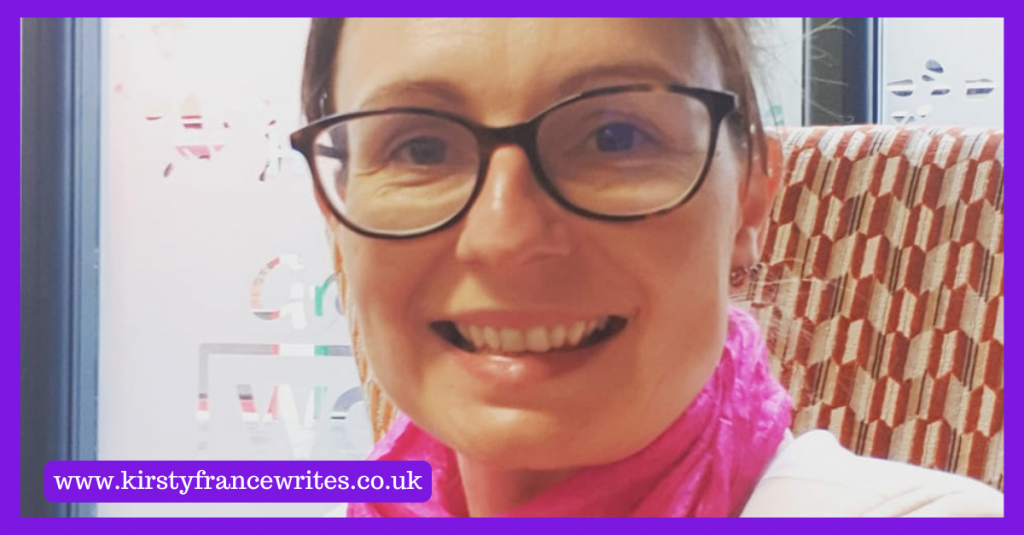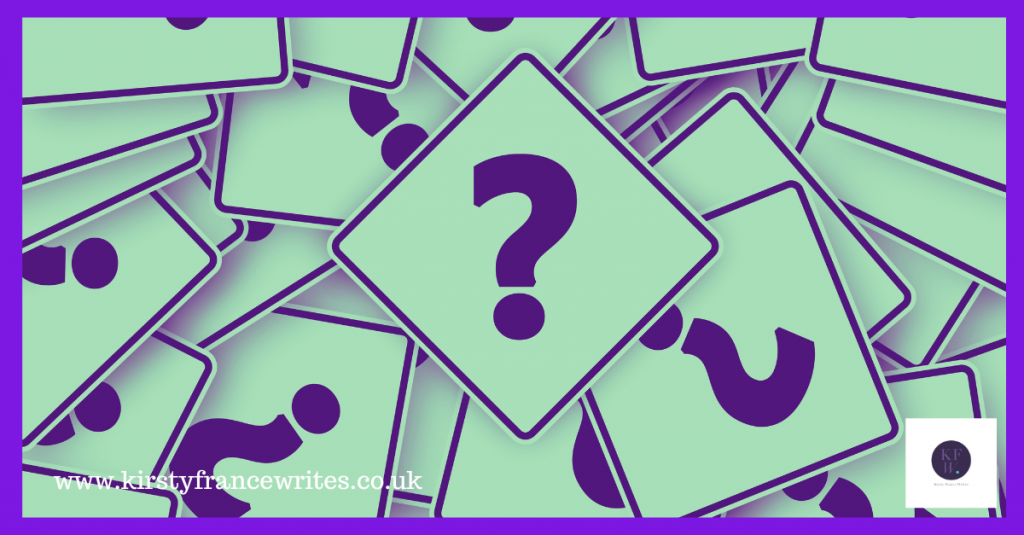
I knew I was going to love working with Rosie O’Hanlon-Hills, the awesome will writer behind Westcotes Wills, as soon as she turned up for our first meeting. It was my birthday, and she arrived with a card and a bunch of flowers! We initially met and clicked over a networking lunch (I’m aware that most of my client stories start that way). Rosie wanted to take the fear out of making a will and show people how her expertise can help. Her clients talk about how she puts them at ease, even when making a will or creating a lasting power of attorney leads to difficult conversations. When Rosie wanted to start a blog, she knew that a blog-writing ex-lawyer (that’s me, in case you were wondering) would be the right choice.
The challenge
Westcotes Wills’ blog posts need to talk about their range of services, including will writing, LPAs and estate management. We needed to educate people about the things they might not be familiar with and encourage them to take action. Convincing someone to make a will often means pointing out the things that can go wrong if you don’t have one, which can be incredibly gloomy. Rosie is a generally cheerful person with a wicked sense of humour, so doom and gloom isn’t her style. We needed to talk about the benefits of getting your legal affairs in order and show Rosie’s expertise in a way that reflects her personality.
The solution
When she contacted me, Rosie knew that she wanted one of my monthly blog-writing packages. She often has ideas for the things she wants to cover, but I also come up with suggestions for general topics that might help her audience. We have a catchup every month, mostly over Zoom but sometimes in person too. These monthly chats are invaluable as new blog topics sometimes come up as we speak. It also allows me to listen to how Rosie talks about her subject so I can capture her voice in the blog posts. I’ve been writing her blog for over four years now, and also adapt each piece to turn it into multiple social media posts she can use on her other platforms. Working with Rosie has always been a joy because I get to talk about the law and make it accessible.
Does your business need content that showcases your expertise in an approachable way? I can help with that. Everything I do is tailored to your needs, so you get words that work for your business. Just email me or book a Zoom call here.
Alternatively, sign up for my mailing list here and get a free copy of my eBook with fifty ideas to give you fresh marketing inspiration.








